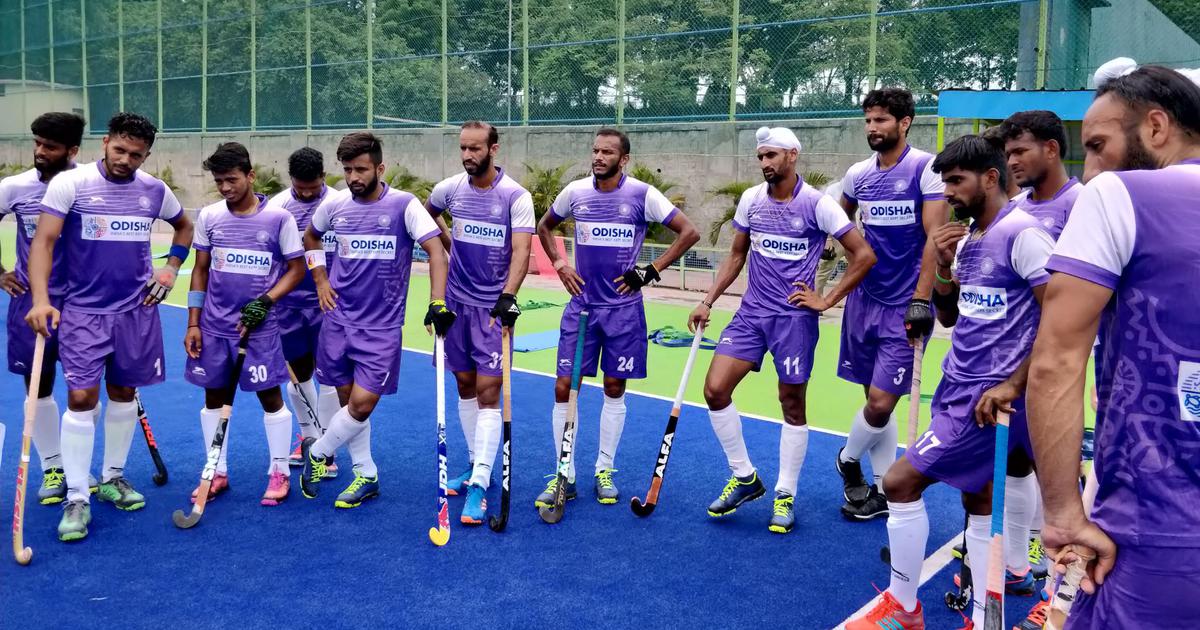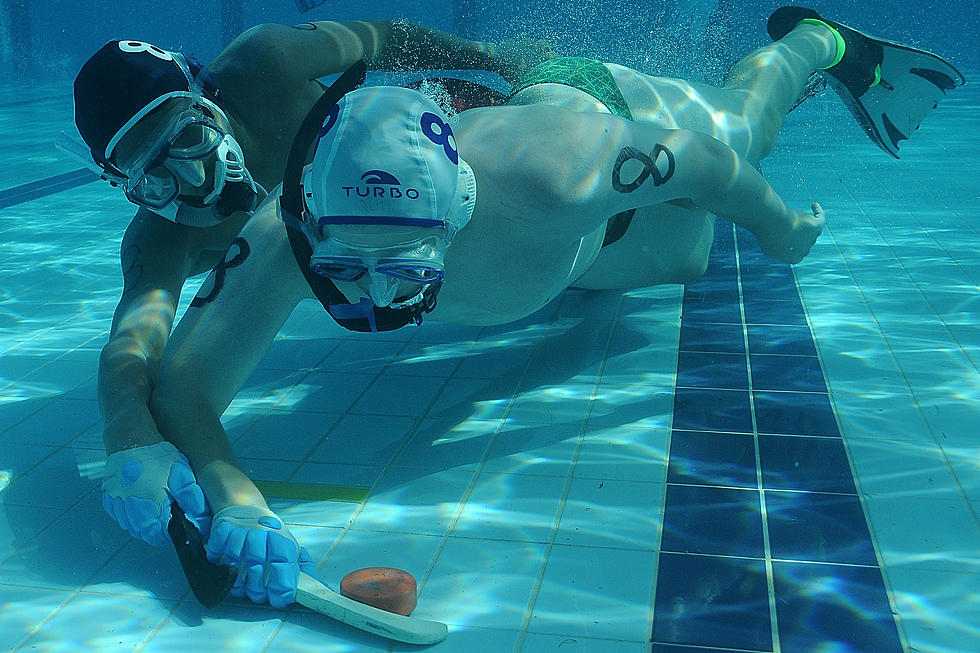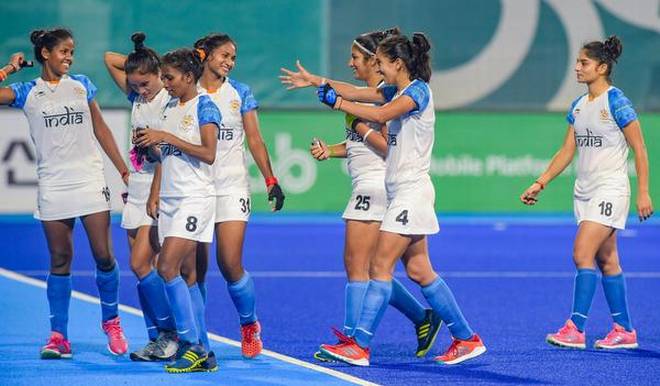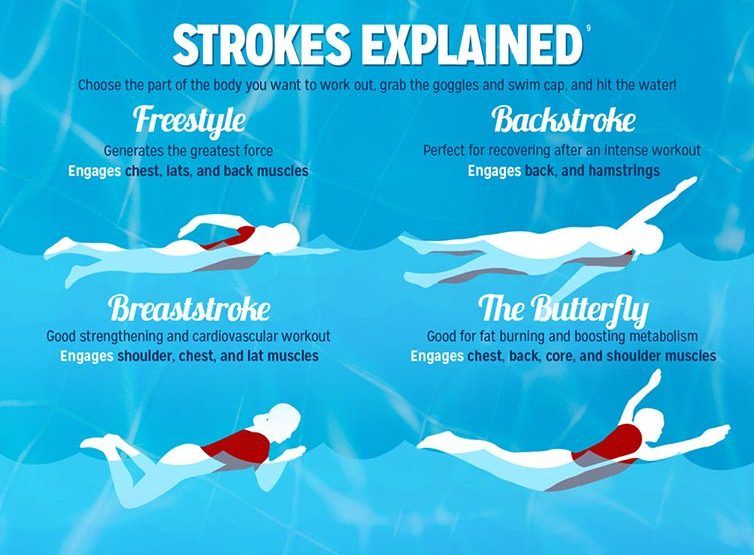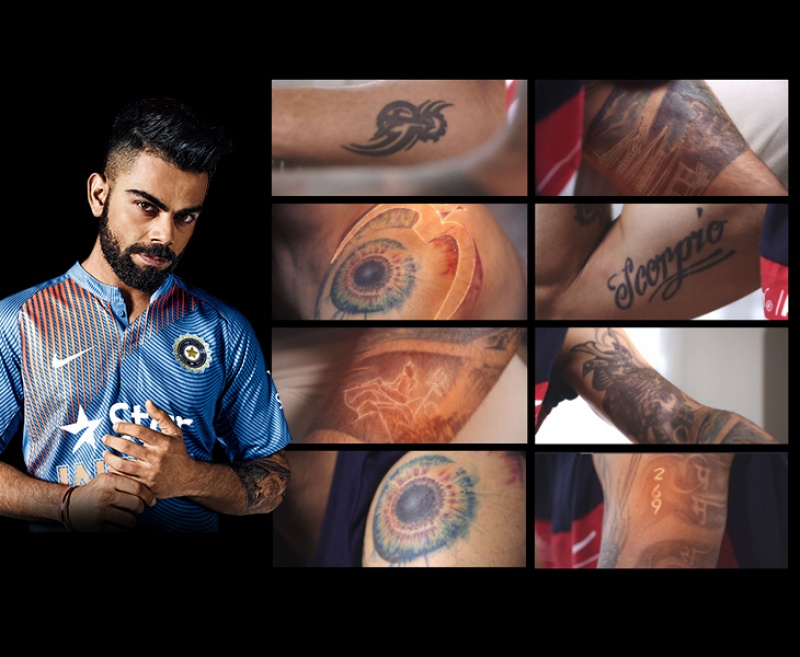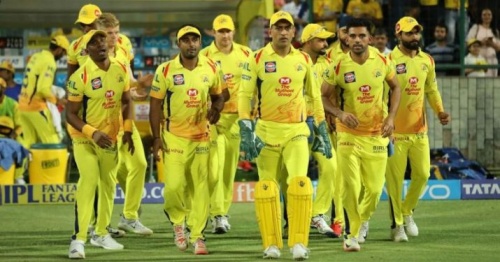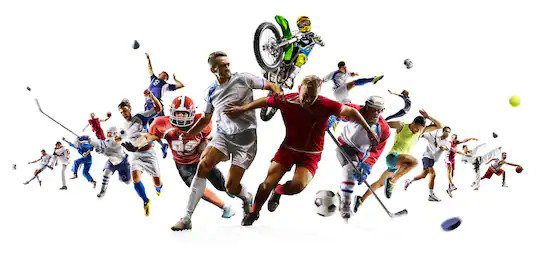Hockey is a very intense sport that started in the late 19th century. Hockey can also be identified with other early games, such as hurling and shinty. During the Middle Ages, a French stick game called hoquet was played, and the English word may be derived from it. Hockey is believed to date from the earliest civilizations. The Arabs, Greeks, Persians, and Romans each had their versions, and traces of a stick game played by the Aztec Indians of South America have been found.
Field hockey, also called hockey, an outdoor game which is played by two opposing teams of 11 players each. They use sticks curved at the striking end to hit a small, hard ball into their opponent's goal. There is one more type of hockey which is played on ice and called ice hockey.
Terminologies of Hockey -
Player - One of the participants in a team.
Team - A team consists of a maximum of sixteen persons composed of a maximum of eleven players on the field and up to five substitutes. This may be amended by Regulation to a maximum of eighteen players.
Field Player - One of the participants on the field other than the goalkeeper.
Goalkeeper - One of the participants of each team on the field who wears full protective equipment comprising at least headgear, leg guards and kickers and who is also permitted to wear goalkeeping hand protectors and other protective equipment.
Field Player with Goalkeeping - Privileges One of the participants on the field who does not wear full protective equipment but who has goalkeeping privileges. Mandatory Experiment: it is not allowed to play with a Field Player with Goalkeeping Privileges.
Attack (Attacker) - The team (player) which (who) is trying to score a goal.
Defense (Defender) - The team (player) which (who) is trying to prevent a goal being scored.
Back-line The shorter (55 meters) perimeter line.
Goal-line The back-line between the goal-posts.
Side-line The longer (91.40 meters) perimeter line.
Circle The area enclosed by and including the two-quarter circles and the lines joining them at each end of the field opposite the center of the back-lines.
Read More: Did You Know About Underwater Hockey
23 meters area The area enclosed by and including the line across the field 22.90 meters from each back-line, the relevant part of the side-lines, and the back-line.
Playing the ball: field player Stopping, deflecting or moving the ball with the stick.
Shot at goal The action of an attacker attempting to score by playing the ball towards the goal from within the circle. The ball may miss the goal but the action is still a " shot at goal" if the player intends to score with a shot directed towards the goal.
Hit - Striking or slapping' the ball using a swinging movement of the stick towards the ball. "Slap" hitting the ball, which involves a long pushing or sweeping movement with the stick before making contact with the ball, is regarded as a hit.
Push - Moving the ball along the ground using a pushing movement of the stick after the stick has been placed in contact or close to the ball. When a push is made, both the ball and the head of the stick are in contact with the ground.
Flick - Pushing the ball so that it is raised off the ground.
Scoop Raising the ball off the ground by placing the head of the stick under the ball and using a lifting movement.
Forehand Playing a ball that is to the right of the player in a forward direction.
Playing distance The distance within which a player is capable of reaching the ball to play it.
Tackle An action to stop an opponent retaining possession of the ball.
10 Important Hockey Rules
The Rules of Hockey apply to all hockey players and officials at all levels of the game. In the game of hockey, the responsibility and liability of safety are placed on team players. Everyone involved in the game must act with consideration for the safety of others. Relevant national legislation must be observed. Players must ensure that their equipment does not constitute a danger to themselves or others by its quality, materials or design. Any verification of facilities or equipment conducted before a match is limited to ensure an overall appearance of compliance and sporting requirements.
The basic field hockey rules - Hockey players can only hit the ball with the flat side of their stick. Hockey players (other than the goalkeeper) are not allowed to use their feet, or any other parts of the body, to control the ball at any time. A goal can only be scored either from a field goal, a penalty corner, or from a penalty stroke. A field goal is a goal scored from open play, and can only be scored from inside the striking circle', in front of the opponent's goal. If the hockey ball is hit from outside the circle and goes into the goal, it does not count as a goal. Hockey players may not trip, push, charge, interfere with, or physically handle an opponent in any way. Hockey is a non-contact sport and all fouls result in a free hit or a penalty corner' for the non-offending team depending on where the infringement took place and the severity of the foul.
Types of foul in field hockey
Obstruction. This is awarded against a hockey player who uses their body or sticks to prevent an opponent from reaching the ball.
Third-party obstruction. This is awarded when a hockey player positions themselves between the ball and an opponent, allowing a team-mate an unobstructed play on the ball.
Advancing. This is awarded against a player who shoves, pushes, or advances the ball in any way, using any part of their body.
Back sticks. This is awarded against a player who strikes the ball with the rounded back of the hockey stick.
Hockey stick interference. This is awarded against a player who uses their stick to hit an opponent's stick, either intentionally or unintentionally.
Undercutting. This is awarded against a player who dangerously lifts the ball.
Sticks. This is awarded against a player who raises their stick dangerously near another player.
Types of punishment in field hockey - Fouls in a hockey match can be punished in three main ways. These are as follows:
Free hit. This is a free play awarded on any offenses that occur outside of the scoring circle. It usually takes place at the location of the violation. All opposing players must stand at least 5 yards (4.6m) from where the hit is to be taken.
Penalty corner. This is awarded to the attacking team when the defense either commits a foul inside the striking circle or intentionally hits the ball out-of-bounds over the end line. A penalty corner is taken by an attacking player at a spot on the end-line 10 yards (9.2m) away from the nearest goal post. All other attackers must stand outside the striking circle, while five defenders, including the goalkeeper, stand behind the end line until contact is made with the ball. Once the ball has been put in play, all players can rush into the circle to either defend or shoot the ball at the goal.
Penalty stroke. This is awarded to the attacking side when an offense is committed by the defending side which is deemed to have prevented an almost certain goal. A penalty is taken 7 yards (6.4m) from goal, with the player having only the goalkeeper to beat.
Field hockey umpires - There are two umpires on the hockey field, who are usually responsible for each half of the pitch. A player who breaches the rules, either by rough or dangerous play, misconduct, or an intentional offense, can be shown a card either green, yellow or red.
Green. This is an official warning given to the hockey player to not break the rules.
Yellow. This results in a hockey player being sent off the pitch for 5 minutes, following an offense.
Red. A red card results in an early shower and is given for more serious offense.
Penalty Shot: A free shot, unopposed except for the goalie, given to a player who is illegally impeded from behind when in possession of the puck with no opponent between him and the goal except the goalie. The team which commits the offense is not penalized beyond the penalty shot, whether it succeeds or not. A penalty shot is called when the following criteria have been met:
The foul does not take place in the defensive end.
The fouled play has the puck.
The player is attacked from behind.
A clear scoring chance was nullified through the offense.
There are no people between the fouled player and the goalie.
When a penalty shot is called, the following rules apply: Only the fouled player may shoot.
Only the player and goalie may be on the ice.
The goalie may not leave the crease until the puck at mid-ice is played.
There is only one shot.
Time frame rule - There are 60 minutes in a game, which are split into 3 periods. Between the periods, there are 15-minute breaks. The play clock stops when the puck is not on the ice. During stoppages, the players are usually substituted. Games typically take two and a half hours. Also, at the end of each period, teams switch sides. When the score is tied at the end of regulation, there is overtime. In the NHL, overtime is played in a 3 on 3 scenarios, the first goal wins. If after the overtime a goal has not been scored, the game moves into a shootout.
The hockey rink - The hockey rink featuring lines and dots. With that, every line has a reason. We'll explain it. By the goals, there is the red goal line. In hockey, you may play behind the goals but not in the blue half circle, called crease. The referee crease can be found in the neutral zone. On the rink, there are 8 red dots - 4 with circles. They are called face-off zones. After the play is blown dead, the puck will be placed at the nearest face-off zone.
Overtime: Overtime: If regulation ends with both teams tied, there will be an extra sudden-death overtime period of 5 minutes played. In the NHL, overtime is played 3 on 3, the First goal wins. If there is no winner, then there is a shootout. Leagues have many different rules.
Playoffs: In the playoffs, the top teams will be played in a tournament to decide the best team. In the NHL, 16 teams are in the playoffs. In the round of 16, the best western conference team faces the worst western conference team. Play-offs are played in a best of 7. One team must win 4 times in order to advance.
Penalties - In hockey, there are often fights. For the layman, this is an exciting part of the game. Physical contact is an important part of the game. It is allowed, and also tactically important, to check your opponent. Fisticuffs are usually punished with a 5-minute penalty for both parties. The most important penalties are -
The most important rule is offside. When entering the attacking zone, if you or a team member crosses the blue line before the puck, the play is whistled dead and a faceoff will occur in the neutral zone.
Players are allowed to play the puck with their skates, but players cannot kick the puck into the goal.
Another classic rule break applies to the hockey stick. The end of the stick may never be held above the shoulders.
Read More: Struggling period for Indian Women Hockey team to enter the Tokyo 2020 Olympics

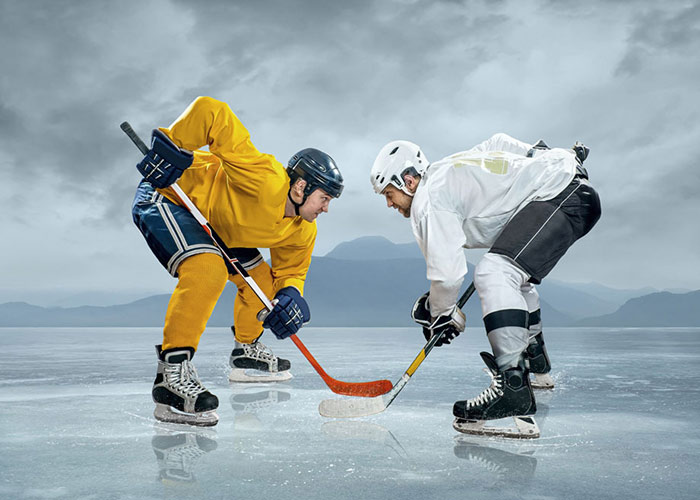
.jpeg)
